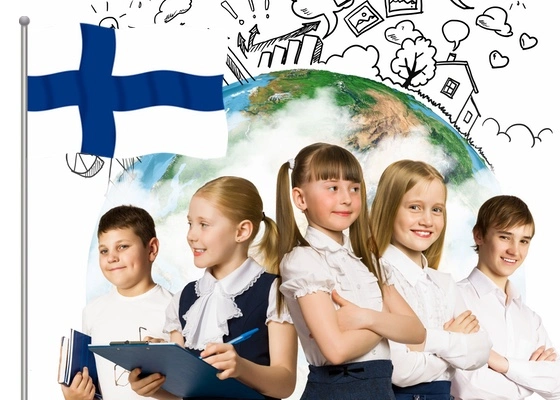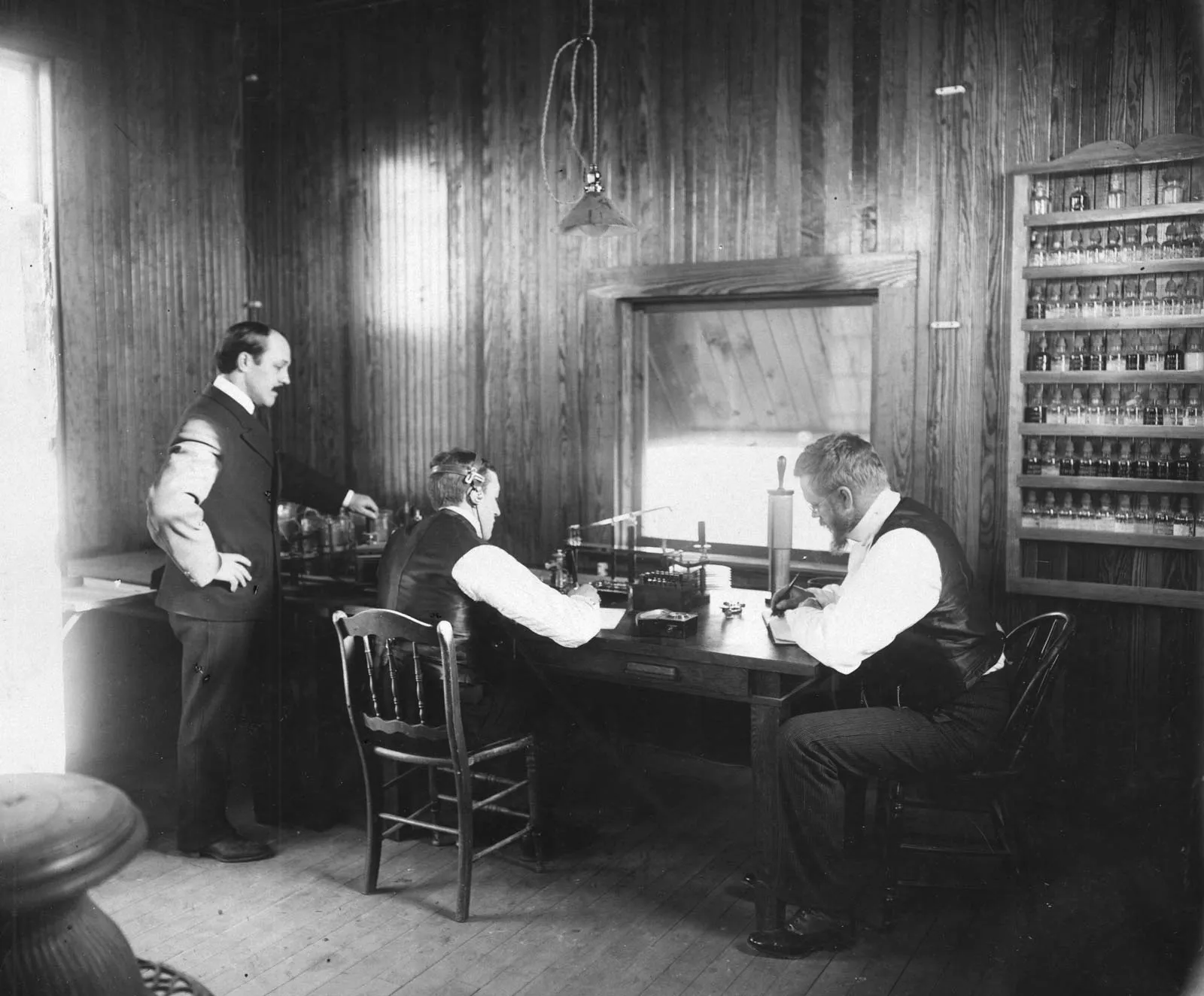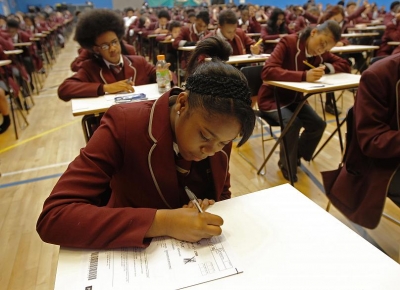
No exams, no pressure, entering within the walls of schools with a smile, it's okay if you wanna relax, you learn human values, where building one's character is the main aim, and competing with each other is a bygone story. It is an education system that is surrounded by inspiration and motivation, and not the pressure of securing the first position. An education system that proves that racing against each other is not the aim but developing one's character is the new definition of the game.
It may sound like a dream school but Finland has made it happen and paved its own way towards becoming one of the best education systems in the world. Finland has proved that education must keep pace with time, thus providing a healthy environment for both learners and teachers.
Cheers to no exams!
While students over the world fear exams, students in Finland only have to worry about their overall growth, as they are graded on an individualized basis and a grading system set by their teachers. The Ministry of Education tracks the overall progress of an individual student. They have a voluntary test for students at the end of the upper secondary (high school) term known as the National Matriculation Exam.
Cooperation is the need
When you compete with others you reach nowhere, but when you compete with yourself you leave your footprints. This attitude has put Finland at the head of the international education race. Finland's educational system does not worry about standard merit-based systems. Their prime focus is on teaching students how to cooperate rather than training them to compete. They develop an environment of happiness, and harmonious and healthy learning.
School at an older age
Finnish students start their formal education only when they turn 7. They are given the scope for developing during childhood years by not being restricted to any compulsory education. It's simply just a way to let a kid be a kid. Finland prepares its children for the real world.
Finland's upper secondary school is a three-year programme that prepares students for the Matriculation Test that determines their acceptance into a university. This is usually based on specialities that they have acquired during their time in high school. This is followed by a vocational education, which is a three-year programme that trains students for various careers.
A relaxed mind is the home of creativity
Finland's trend of teaching follows less stress and more care. Students usually have a couple of classes a day. Therefore, they get more time to eat their food, enjoy recreational activities and generally just relax. They can stretch out, grab some fresh air and decompress and beat the exhaustion of learning.
Teachers get the same relaxation hours. They have separate rooms and lounges to prepare for the day or just simply socialize. Teachers are humans, too, and need to be functional so they can perform to the best of their abilities.
More care
Finland's out-of-the-box thinking created the idea of keeping the same teacher for upto six years of their education. During this period of time, teachers get enough time to play the role of a mentor and a family member.
No compromise is made with an individual's distinctive needs. The Finnish education system believes that every child has different needs and is inculcated with different learning styles. They can accurately formulate their chart and progressive growth and as such, they nourish them and take good care to help them reach their goals.
Morning yawns welcome lazy minds
A calm mind brings inner strength to wake up early and get ready for school. Participating in a whole day of school and extra-curriculars are huge time sinks for a student.
For the holistic development of the child, you need them to be more energetic, and their sleep hours play a vital role. Keeping that in mind, schools in Finland start anywhere from 9:00 am and end by 2:00 or 3:00 pm. Research has shown that early start times are detrimental to students' success and prosperity, healthy minds and maturation. Providing them with proper relaxation and a longer break from learning is their priority. The comprehensive system is not there to ram and cram information into the students, but to create an environment of holistic learning.
Learning from Finland, we must not forget that we are building citizens for tomorrow. We have the grave responsibility of character-building to build a nation geared towards development. Generally, we are merely directing our energy towards training students for jobs not for a career. If they develop one here, they serve their talents to another country. Our young students are highly gifted, and it is time for us to point them in the right direction and optimize their talents with the right systems of education in these modern times.
Picture Credit : Google







